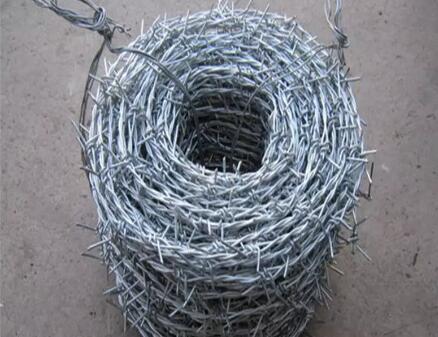Understanding Welded Wire Mesh Sizes in Metric
Welded wire mesh is a versatile product commonly used in construction, agriculture, and DIY projects. Its precise manufacturing process involves welding intersecting wires to create a grid-like structure that provides strength and durability. When considering welded wire mesh, one essential aspect to understand is the sizes and measurements expressed in metric units.
What is Welded Wire Mesh?
Welded wire mesh consists of a series of wires arranged in a grid pattern, with the longitudinal wires welded at each intersection to provide a cohesive unit. This mesh can be made from various materials, including stainless steel, galvanized steel, or PVC-coated wire, depending on its intended application and required resistance to corrosion. Welded wire mesh comes in different sizes, which influences its strength, applications, and cost.
Common Sizes of Welded Wire Mesh
When discussing the sizes of welded wire mesh, several key dimensions are typically considered wire diameter, mesh opening, and sheet size
. These dimensions are often presented in metric measurements, which can be more precise and easier to interpret in many regions of the world.1. Wire Diameter The wire diameter is an important factor that dictates the mesh's strength and flexibility. Common wire diameters include 1 mm, 1.2 mm, 2 mm, and 3 mm. The diameter directly influences the mesh's load-bearing capacity; thicker wires provide more strength but may also add to the cost.
welded wire mesh sizes metric

2. Mesh Opening The mesh opening (or spacing between the wires) is another critical size metric. It is the distance from the center of one wire to the center of the adjacent wire. Typical sizes for mesh openings include 25 mm x 25 mm, 50 mm x 50 mm, and 100 mm x 100 mm. The choice of opening size depends on the application's requirements, such as the size of the materials being held or protected by the mesh.
3. Sheet Size Welded wire mesh is available in various sheet sizes, making it easier for users to find the right fit for their projects. Standard sizes may include 2 meters x 1 meter, 2.4 meters x 1.2 meters, or custom sizes. The sheet size affects how the mesh can be used and installed, particularly in large-scale applications or in confined spaces.
Applications of Welded Wire Mesh
The applications of welded wire mesh are extensive and varied. In construction, it is often used for reinforcing concrete, providing additional load-bearing capabilities. In agriculture, welded wire mesh is used for creating enclosures or fencing for animals, protecting crops from pests, or securing storage areas. Additionally, it is popular in industrial settings for safety barriers and shelves.
One of the greatest benefits of welded wire mesh is its ability to be customized. Depending on the specific use case, consumers can request different wire diameters, mesh openings, or coatings. This adaptability allows for a tailored approach to many projects, ensuring the optimal use of the material.
Conclusion
Understanding the sizes of welded wire mesh in metric can help individuals and businesses make informed decisions when selecting the right product for their needs. By considering wire diameter, mesh opening, and sheet size, one can determine the most effective and practical mesh for a specific application. Whether for construction, agricultural needs, or industrial uses, welded wire mesh continues to be a reliable solution, providing strength, versatility, and ease of installation. With the right size and material, welded wire mesh can significantly enhance the safety, efficiency, and effectiveness of various projects.

















